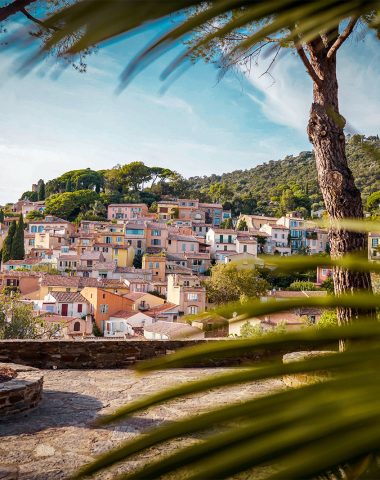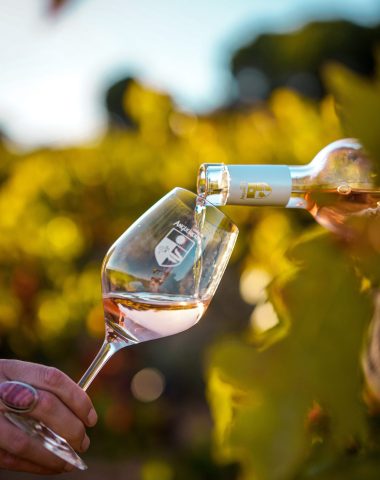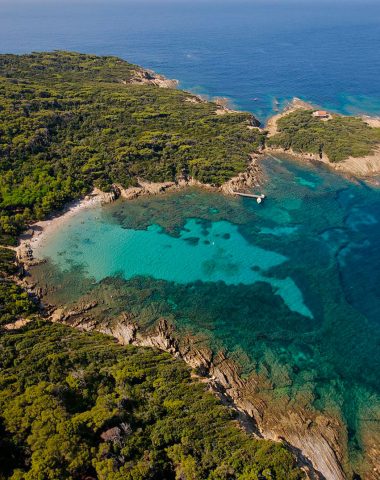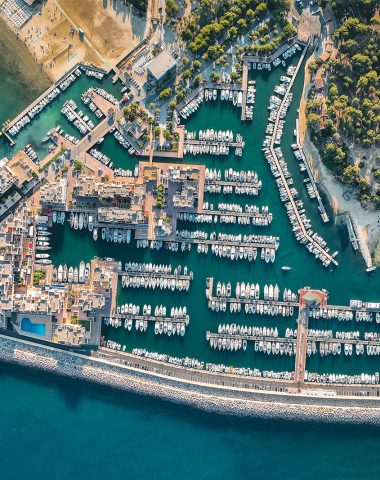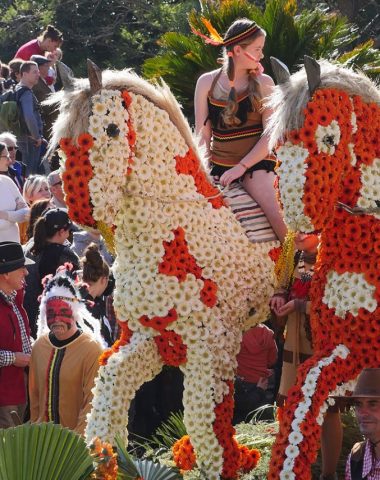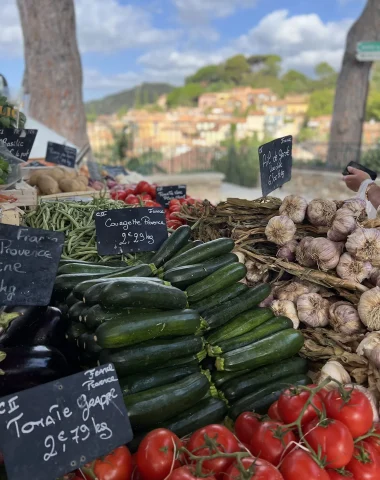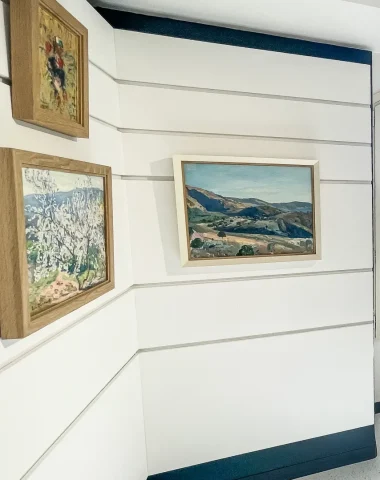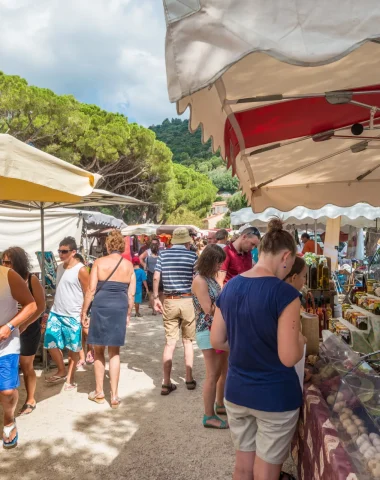Embark on a captivating journey along the Chemin des Sages, a project born from a visionary gathering of the Conseil des Sages, composed of wise individuals aged 60 and above, carefully chosen by local councilors for their wealth of experience. Inspired by the core principles of our Republican motto “Liberté, Égalité, Fraternité,” the council sought to breathe life into these ideals in the town of Bormes.
The Concept Takes Flight
A groundbreaking idea emerged during the council’s meeting—to adorn the town with phrases from renowned men and women, celebrated worldwide for their wisdom and humanism. The goal was to ignite the conscience of both passers-by and tourists, fostering a deeper connection with these universal values. To gain the support of the Mayor and the Council, the decision was made to integrate this pathway with the installation of historical plaques on the town’s iconic monuments. The members of the Conseil des Sages then meticulously designed the route through the medieval village and dedicated themselves to creating the perfect support, texts, images, and symbols for these plaques.

The butterfly, symbolizing joy, beauty, grace, and lightness of being, was chosen as the emblem of the project. Its transformative journey mirrors the essence of personal growth and rebirth. Just like the butterfly, we too experience different stages in life—a profound metamorphosis that allows us to release our past and embrace the beauty of who we’ve become. Symbolizing wisdom, the butterfly becomes a boundless source of inspiration. Beneath its delicate exterior lies an unwavering strength. Despite its ephemeral lifespan of a few days or weeks, the butterfly brings joy and exuberance through its graceful flight, fully savoring every moment that nature presents. Let us, like the butterfly, fearlessly embrace the experiences life offers us, both good and bad, knowing that they are fleeting. After all, our past experiences provide the best preparation for the future, allowing us to tread life’s paths with
Biography of Molière
Actor, troupe leader, author and director.
Born in Paris on January 15, 1622, Jean-Baptiste Poquelin, later known as Molière, was the son of a wealthy upholsterer to the king. He lost his mother at the age of ten. After attending the Collège de Clermont (later the Lycée Louis-le-Grand), he studied law in Orléans, dropping out in 1642 to take over from his father. The following year, he separated from his father to pursue a career as an actor.
With his mistress Madeleine Béjart, he founded the company L’Illustre-Théâtre, of which he was director and took the name Molière. But the company went bankrupt, and in 1645 Molière was imprisoned for a few days before being released thanks to his father, who paid his debts. With Charles Dufresne’s troupe and a few actors from L’Illustre-Théâtre, he left for the provinces, where he remained until 1658. From 1655, he also became a playwright.
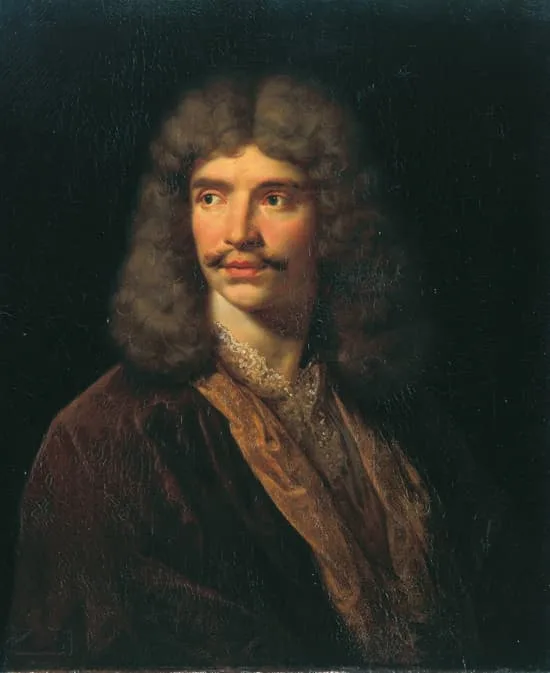
Returning to Paris in 1658, Molière scored a brilliant success the following year with Les Précieuses ridicules. In 1661, he moved his troupe to the Palais royal. In 1662, he married actress Armande Béjart, younger sister of Madeleine Béjart. Despite its success, “L’école des femmes” was accused of being an irreligious play and became the subject of lengthy controversy. The comedy Tartuffe, which shocked Catholics, was banned for several years at the request of the Archbishop of Paris. In 1665, Molière, whose troupe was financially supported by King Louis XIV, was appointed head of court entertainment. Molière separated from Armande in 1666 and reconciled with her in 1672. He wrote numerous plays, including comedy-ballets with musician and composer Jean-Baptiste Lully, such as Le Bourgeois gentilhomme, and enjoyed great success.
Molière died of a pulmonary hemorrhage on February 17, 1673, just after the fourth performance of Le Malade imaginaire, during which he felt pain while playing the lead role of Argan. He is buried in Père Lachaise, Paris, next to Jean de la Fontaine. A keen observer of society, Molière’s plays depict the mores of his time, particularly those of the bourgeoisie, whose pretensions to nobility, the position of women, and marriages of interest he criticizes. He created a whole series of emblematic characters who have gone down in history: Monsieur Jourdain, Harpagon, Alceste and Célimène, Tartuffe and Orgon, Dom Juan, Sganarelle, Argan le malade imaginaire. Molière occupies a very important place in French literature, of which he is one of the pillars, with works of great variety that took comedy out of the minor genre in which it found itself.
From Olive to Oil
Bormes les Mimosas’ olive oil tradition is a fascinating journey that intertwines history, craftsmanship, and flavor. Let’s immerse ourselves in the story of this ancient craft, from the birth of the olive tree to the exquisite golden oil that graces your table.
As the population of Bormes les Mimosas grew, so did the demand for olive oil. It became an essential ingredient in the daily lives of its inhabitants, used for cooking, lighting oil lamps, and even soap-making. Olive oil became the lifeblood of the community, and visionary plot owners stepped forward to meet this demand. They built remarkable oil mills, testaments to the ingenuity and dedication of those who came before.
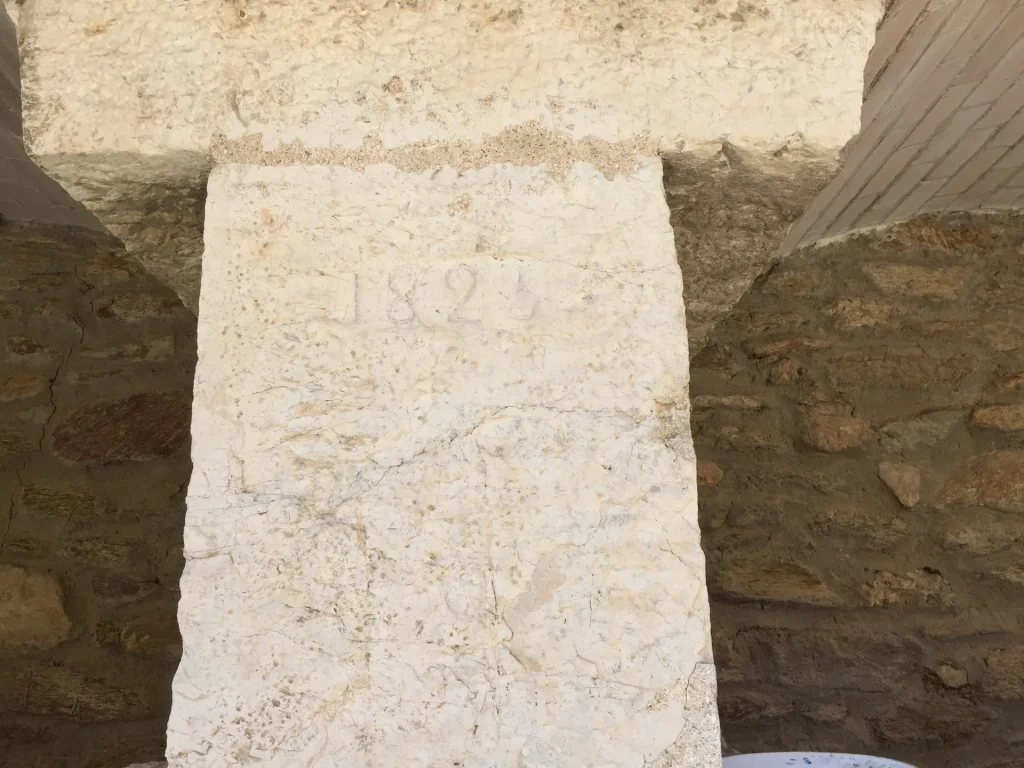
Picture the heart of the village, where five majestic mills once stood, seamlessly blending into the surrounding olive groves. These strategic locations minimized transportation time, ensuring the freshest and finest quality oil. Each mill was a marvel of engineering, with animals tirelessly driving stone millstones that crushed the olives. Water from nearby wells facilitated the successive washings, creating a symphony of craftsmanship and nature that produced liquid gold, enriching the lives of all.
However, the traditional olive oil mills faced their greatest challenges with the dawn of the Industrial Revolution and the trials of the First World War. Technological advancements and labor shortages forced the mills to gradually close their doors, leaving behind a legacy that can still be felt today.
Today, the remnants of these extraordinary mills stand as silent witnesses to a glorious past. Explore the mill’s chapels, which proudly display the upper parts of the system, where animals once toiled to extract the precious oil. It’s a window into the past, revealing the evolution of techniques and historical circumstances that have shaped the olive oil industry in the region.

To experience the full splendor of the Chemin des Sages and delve deeper into the fascinating stories that unfold along this path, we invite you to explore the Baludik app.
Scan the QR code and embark on an interactive journey filled with games, surprises, and a deeper connection to the rich heritage of Bormes.


